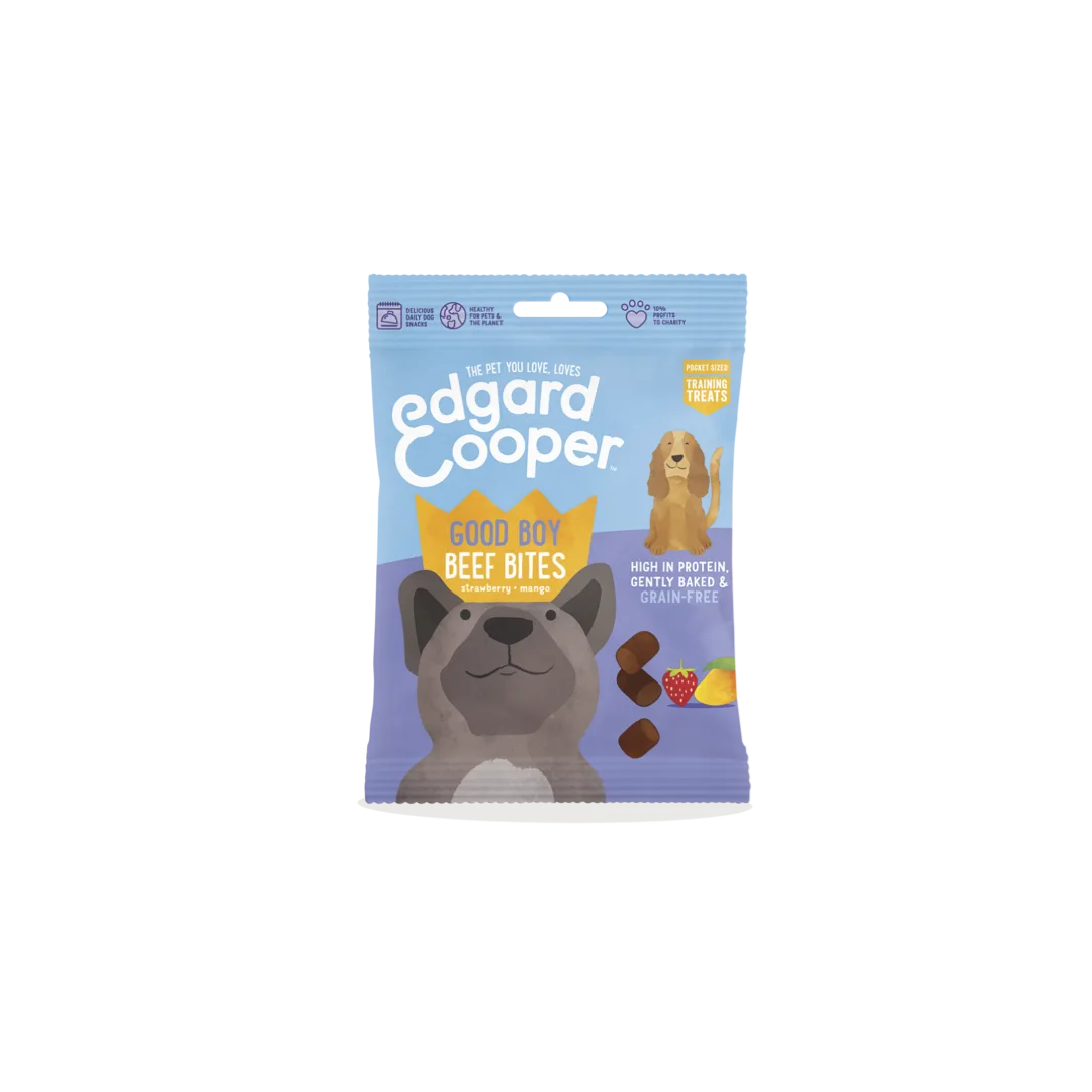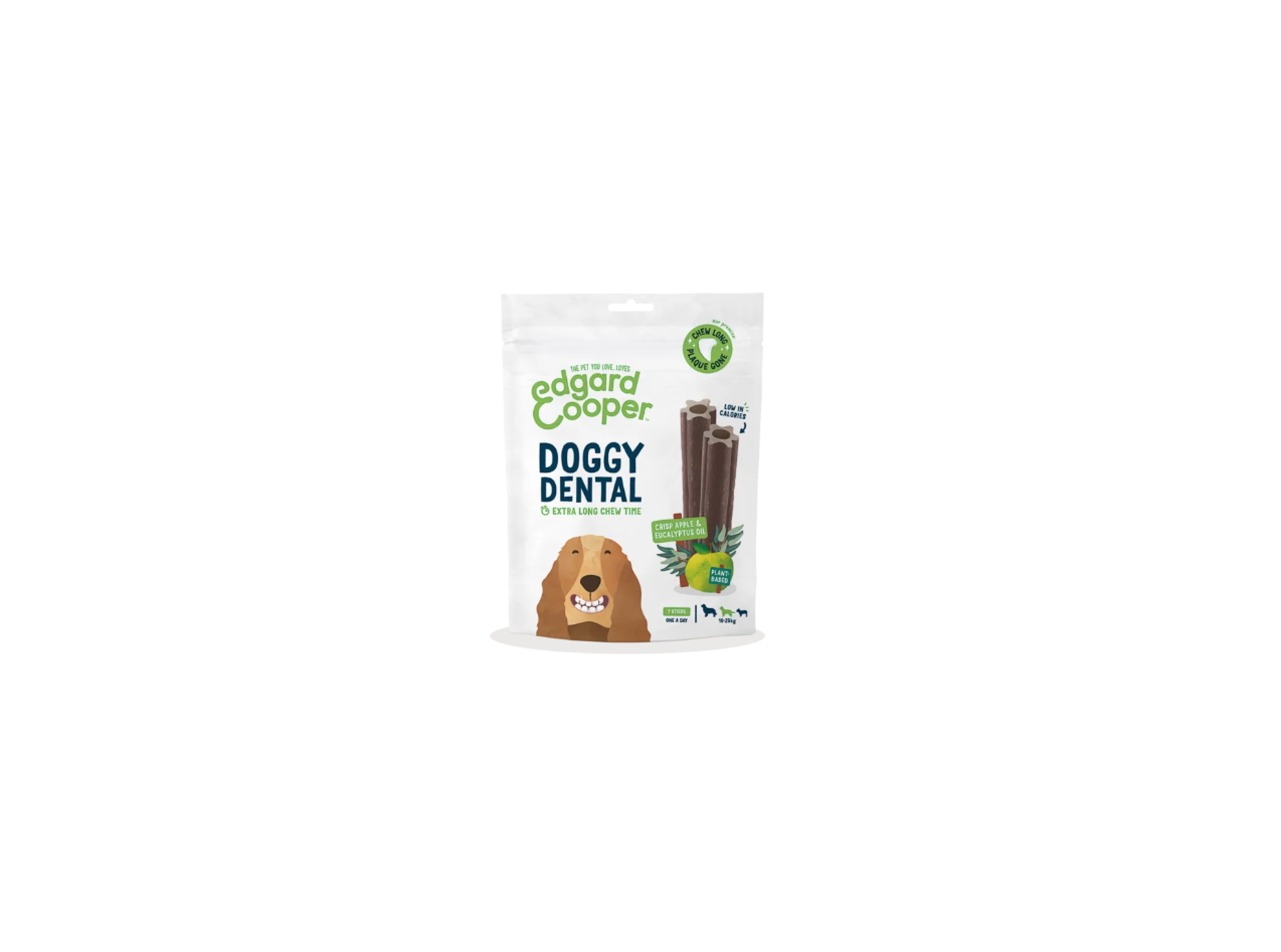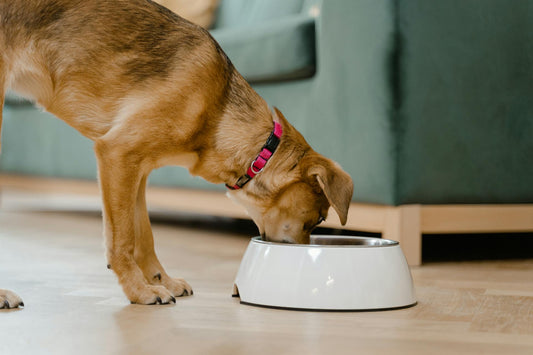Chocolate is a beloved treat for many humans, but it's important to remember that it can be dangerous for dogs. While it may be tempting to share a piece of chocolate with your furry friend, doing so can lead to serious health problems. This article will explore why chocolate is bad for dogs and what you should do if your dog accidentally ingests chocolate.
Chocolate contains a substance called theobromine, which is toxic to dogs. Theobromine is a type of methylxanthine, a group of compounds that also includes caffeine. While humans can safely metabolize theobromine and caffeine, dogs cannot. When dogs ingest chocolate, the theobromine and caffeine can build up in their systems, leading to a range of symptoms, from mild upset stomach to seizures and even death.
It's important to note that not all types of chocolate are equally dangerous for dogs. Dark chocolate and baking chocolate contain higher levels of theobromine than milk chocolate, so they are more toxic. However, even a small amount of chocolate can be harmful to a dog, depending on its size and the type of chocolate ingested. In this article, we will explore in more detail why chocolate is bad for dogs and what you should do if your dog eats chocolate.
Theobromine Toxicity in Dogs
Theobromine is a naturally occurring compound found in cocoa beans and chocolate. It belongs to a group of substances called methylxanthines, which can have stimulating effects on the nervous system and heart. Dogs are particularly sensitive to theobromine and other methylxanthines, which can lead to toxicity and potentially fatal outcomes.
The severity of theobromine toxicity depends on several factors, including the type and amount of chocolate ingested, the size and weight of the dog, and the individual dog's sensitivity to the compound. Dark chocolate and baking chocolate contain higher levels of theobromine compared to milk chocolate, and thus pose a greater risk of toxicity.
Symptoms of theobromine toxicity in dogs can range from mild to severe and may include vomiting, diarrhea, hyperactivity, tremors, seizures, and even death in severe cases. The severity of the symptoms will depend on the amount of theobromine ingested and the dog's sensitivity to the compound.
It is important to note that theobromine toxicity can occur even with small amounts of chocolate, and any ingestion of chocolate should be taken seriously. If a dog has ingested chocolate, it is important to contact a veterinarian immediately for advice on how to proceed. Treatment may include inducing vomiting, administering activated charcoal to absorb the toxin, and providing supportive care such as intravenous fluids and medications to control seizures or other symptoms.
In summary, theobromine toxicity in dogs can be a serious and potentially fatal condition. It is important for dog owners to be aware of the risks associated with chocolate ingestion and to take appropriate steps to prevent their dogs from accessing chocolate-containing products.
Effects of Chocolate on a Dog's Health
When dogs consume chocolate, it can lead to various health issues. Some of the most common effects of chocolate on a dog's health are:
Digestive Issues
Chocolate contains theobromine and caffeine, which can cause vomiting, diarrhea, and abdominal pain in dogs. The severity of these symptoms depends on the amount and type of chocolate consumed and the size of the dog. In mild cases, dogs may only experience mild digestive issues, but in severe cases, they may develop life-threatening symptoms.
Heart Problems
Theobromine in chocolate can cause an increase in heart rate and blood pressure in dogs. This can lead to heart problems such as arrhythmia or even heart failure. Symptoms of heart problems may include panting, restlessness, and an irregular heartbeat.
Kidney Damage
Chocolate can also cause damage to a dog's kidneys. Theobromine and caffeine can lead to dehydration, which can put a strain on the kidneys. In severe cases, this can cause kidney failure, which can be life-threatening.
Neurological Effects
Theobromine in chocolate can also affect a dog's nervous system. Dogs may experience tremors, seizures, or even coma if they consume large amounts of chocolate. Symptoms of neurological effects may include muscle tremors, restlessness, and hyperactivity.
It is important to note that the severity of these effects depends on the amount and type of chocolate consumed, as well as the size and overall health of the dog. If a dog consumes chocolate, it is important to seek veterinary care immediately.
Types of Chocolate and Their Dangers
Different types of chocolate contain varying amounts of methylxanthines. Methylxanthines are stimulants that affect the central nervous system and can cause a range of symptoms in dogs. In general, the darker and more bitter the chocolate, the greater the danger.
Milk Chocolate
Milk chocolate contains a lower concentration of methylxanthines compared to other types of chocolate. However, it can still be harmful to dogs, especially if consumed in large amounts. A 50-pound dog could become equally sick from eating 8 ounces (½ pound) of milk chocolate as they would from 1 ounce of baker's chocolate.
Dark Chocolate
Dark chocolate contains a higher concentration of methylxanthines compared to milk chocolate. The darker the chocolate, the more dangerous it is to dogs. Baking chocolate and gourmet dark chocolate are highly concentrated and contain 130-450 mg of theobromine per ounce. Common dark chocolate only contains about 155 mg/ounce. Consumption of dark chocolate can cause a range of symptoms in dogs, including vomiting, diarrhea, restlessness, and increased heart rate.
White Chocolate
White chocolate contains very low levels of methylxanthines and is therefore less toxic to dogs. However, it still contains high levels of fat and sugar, which can cause pancreatitis and other health problems in dogs if consumed in large amounts.
Cocoa Powder
Cocoa powder is highly concentrated and contains the highest levels of methylxanthines compared to other types of chocolate. It is often used in baking and can be found in many households. Just one tablespoon of cocoa powder can cause symptoms of chocolate toxicity in a small dog. Symptoms can include vomiting, diarrhea, tremors, seizures, and even death.
It is important to keep all types of chocolate out of reach of dogs. If you suspect your dog has consumed chocolate, it is important to seek veterinary care immediately.








